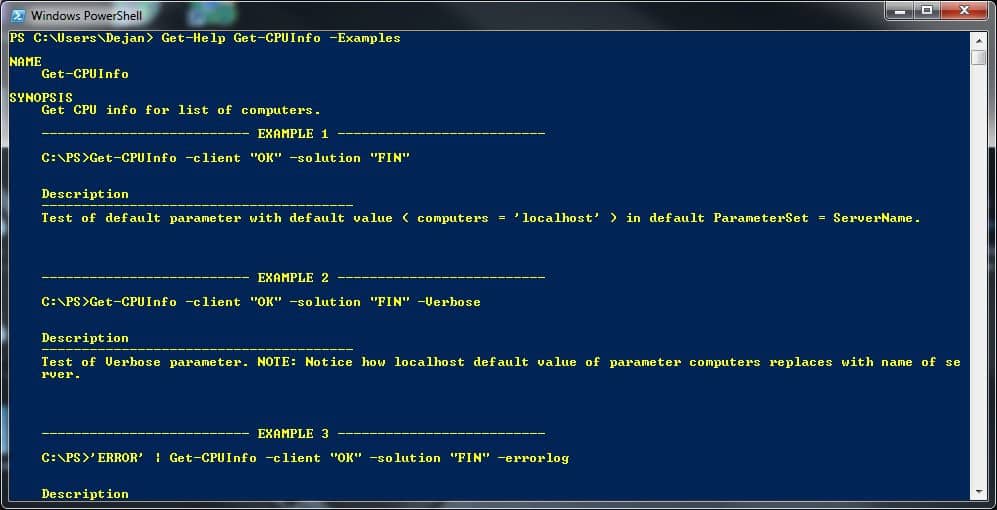

I hope these Linux processor and memory commands have been helpful. Summary: Linux processor and memory commands When I issue the Linux memory information command, I see the following output:Īs you can see, my current Linux system has 2 GB RAM, with all the additional memory information shown there. Model name : Intel(R) Pentium(R) 4 CPU 3.00GHzįlags : fpu vme de pse tsc msr pae mce cx8 apic mtrr pge mca cmov pat pse36 clflush dts acpi mmx fxsr sse sse2 ss ht tm pbe constant_tsc pni monitor ds_cpl cid xtprįrom that output I can see my current system is a two-processor Intel system, with additional information about the Intel CPU (CPUs, actually). When I issue that Linux processor information command on my current hardware system, I see this output: For example, a system with 16 CPUs lists information for CPUs 0-15. (See below for sample output.) Linux processor command output The output from cpuinfo includes sections for every CPU in your system. If you are aware of the directory structure in Linux, you already know that proc is a special directory in. A logical cpu can be a hyperthreading sibling. Other commands to check CPU information in Linux. To see your Linux memory information and memory stats use this command: The kernel data Linux exposes in /proc/cpuinfo will show each logical cpu with a unique processor number. The /proc/cpuinfo and sysfs stores info about your CPU architecture ike number of CPUs, threads, cores, sockets, NUMA nodes, information about CPU caches, CPU family, model, bogoMIPS, yte order and much more using the less command or more command as follows: less /proc/cpuinfo.
#Linux get cpuinfo how to
(See below for sample processor output.) How to show Linux memory information This page shows how to use /proc/cpuinfo file and lscpu. You can view /proc/cpuinfo with the help of cat command or grep command/egrep command.

The /proc/cpuinfo file stores CPU and system architecture dependent items, for each supported architecture. To see what type of processor/CPU your computer system has, use this Linux command:Īs you can see, all you have to do is use the Linux cat command on this special /proc/cpuinfo file on your Linux system. Introduction: One can obtain the number of CPUs or cores in Linux from the command line. Linux FAQ: How can I find Linux processor and memory information? (Also written as, How can I find Linux CPU information?, How can I find Linux RAM information?) How to show the Linux CPU/processor


 0 kommentar(er)
0 kommentar(er)
